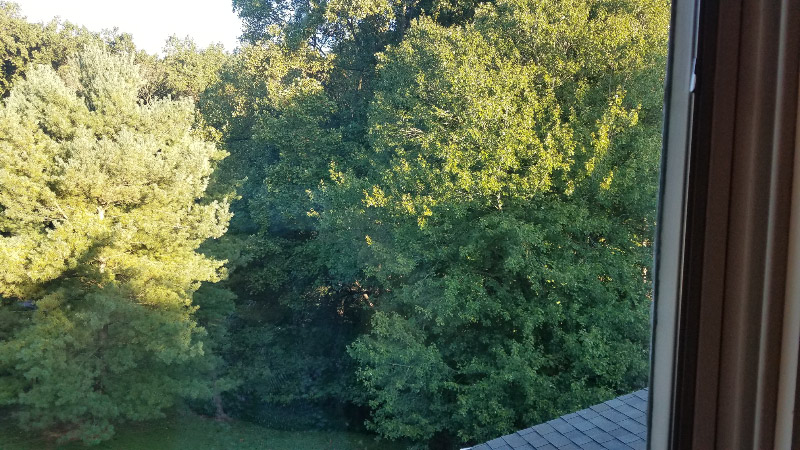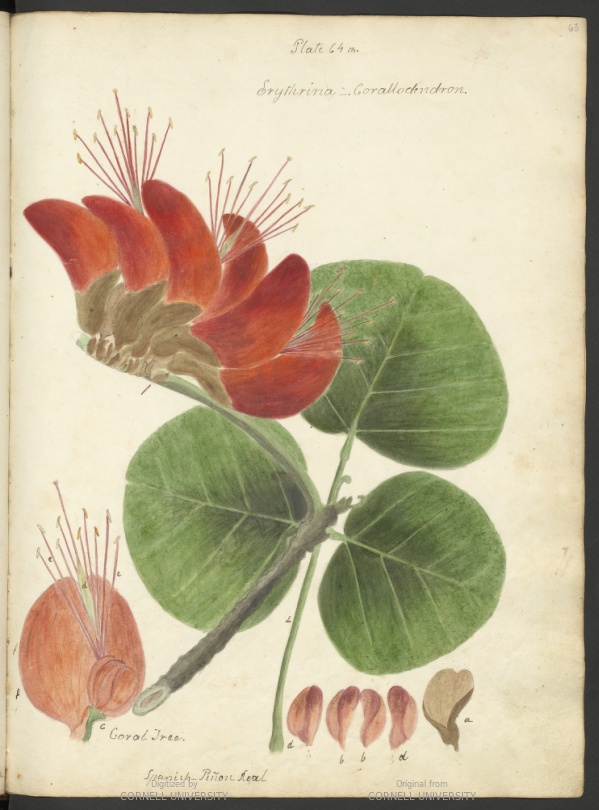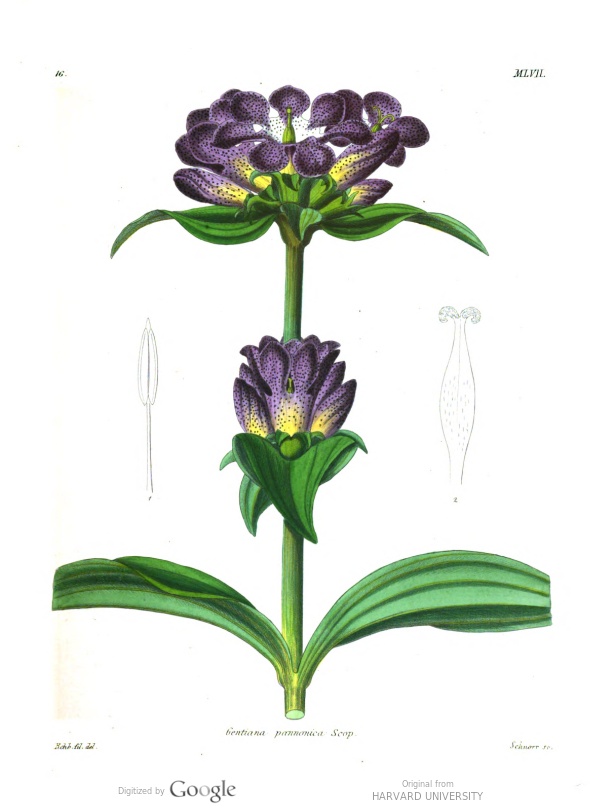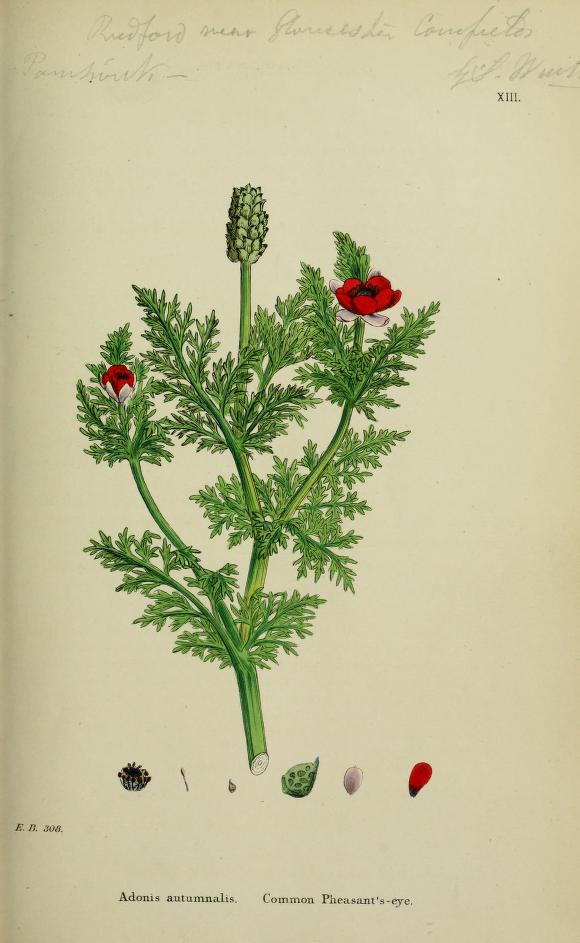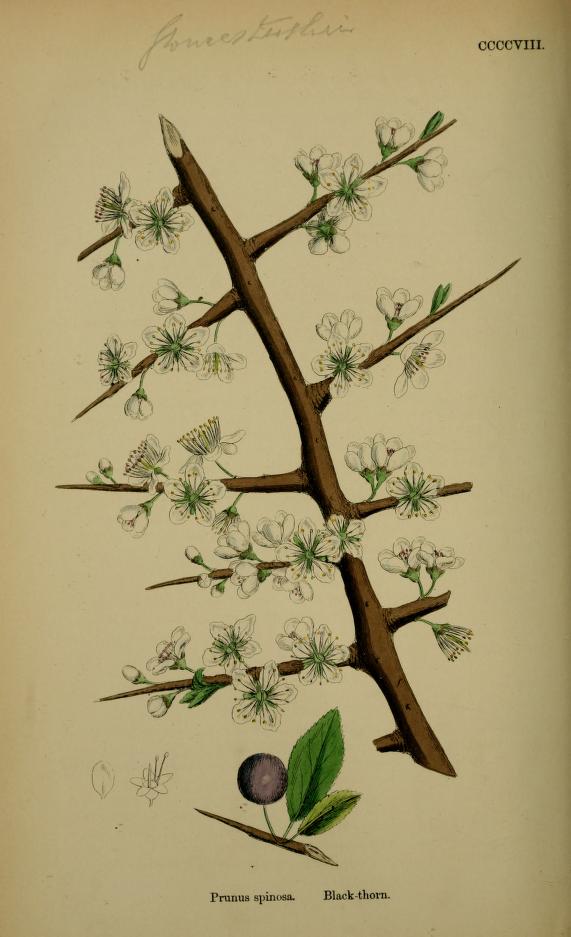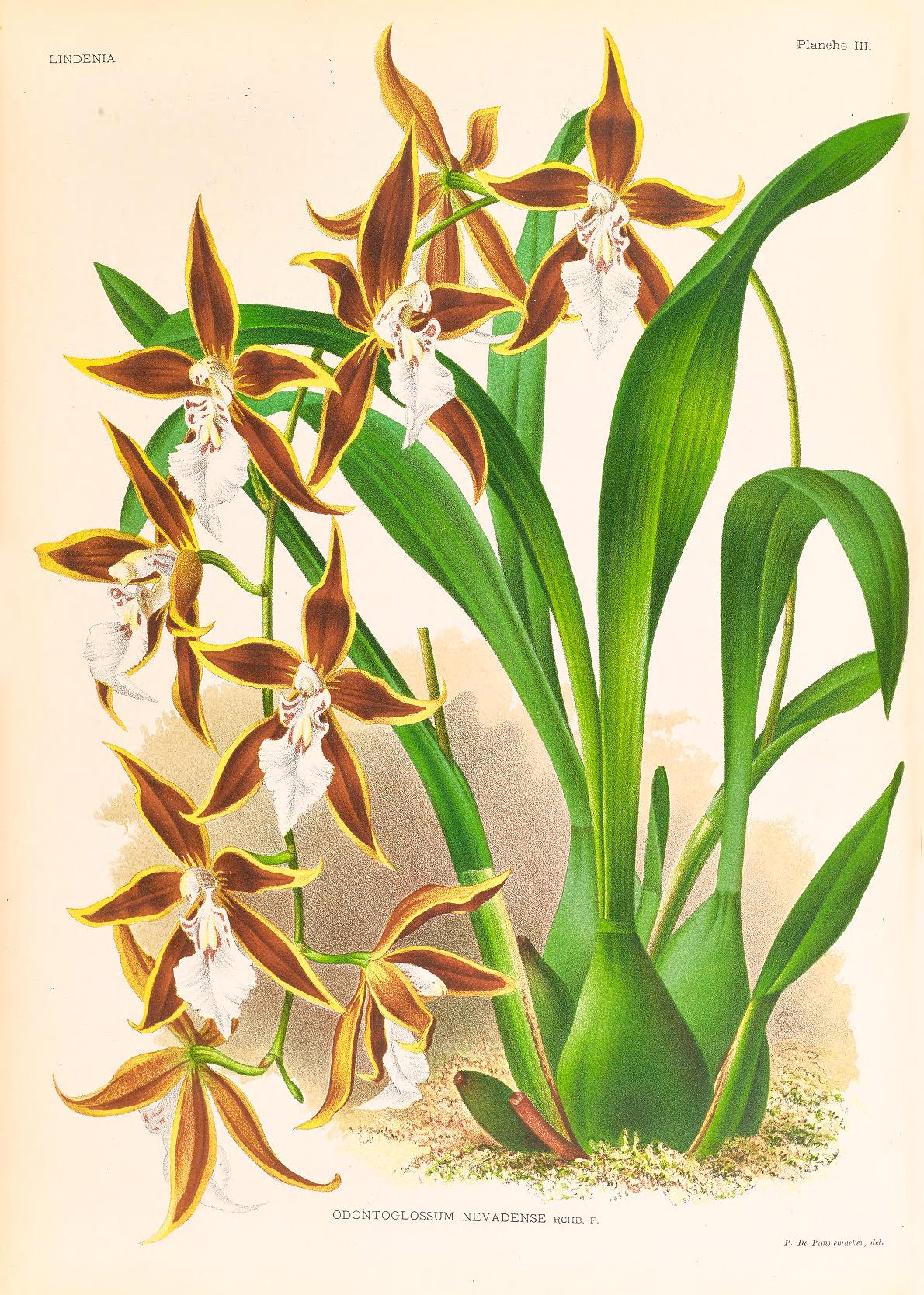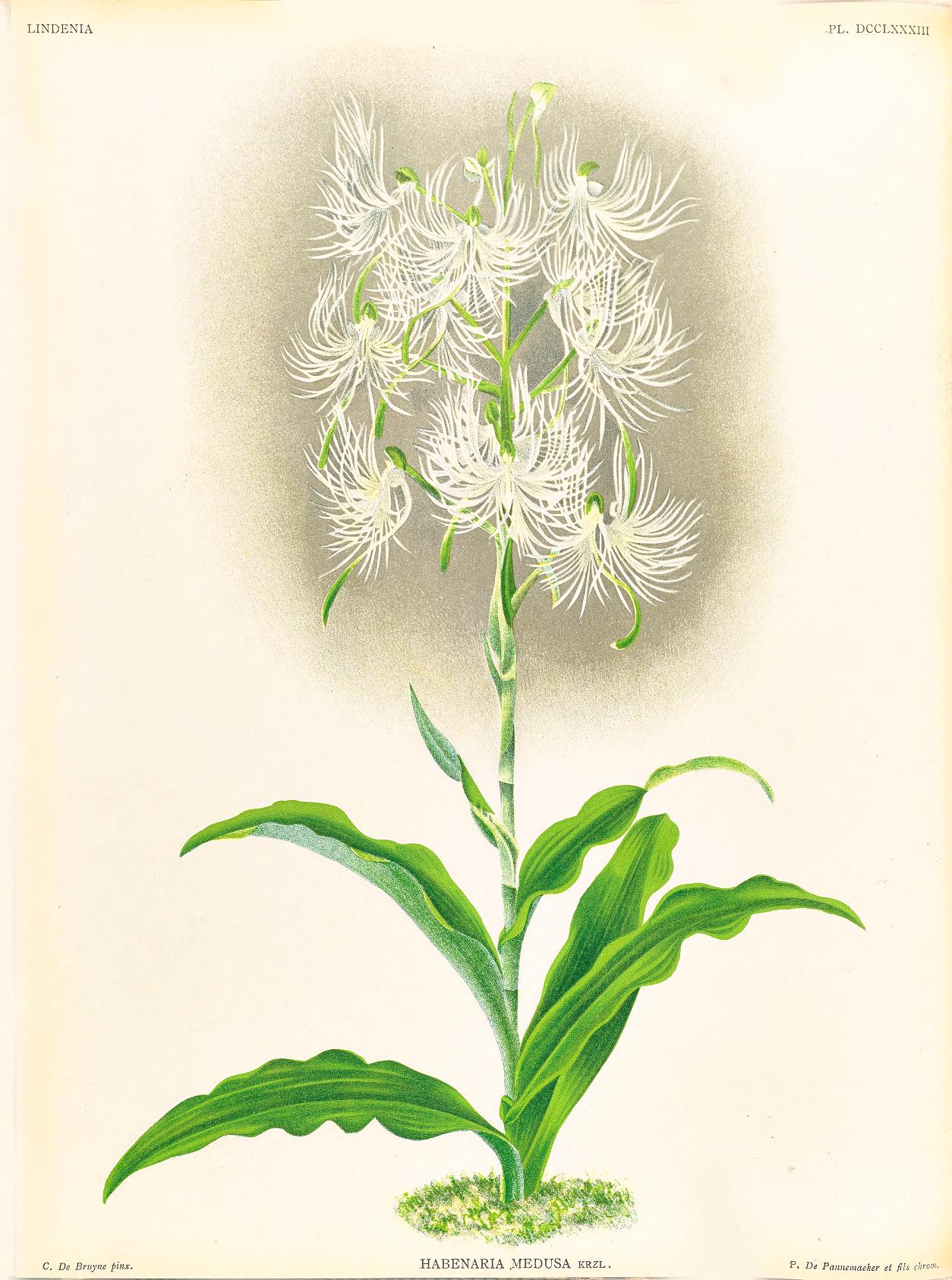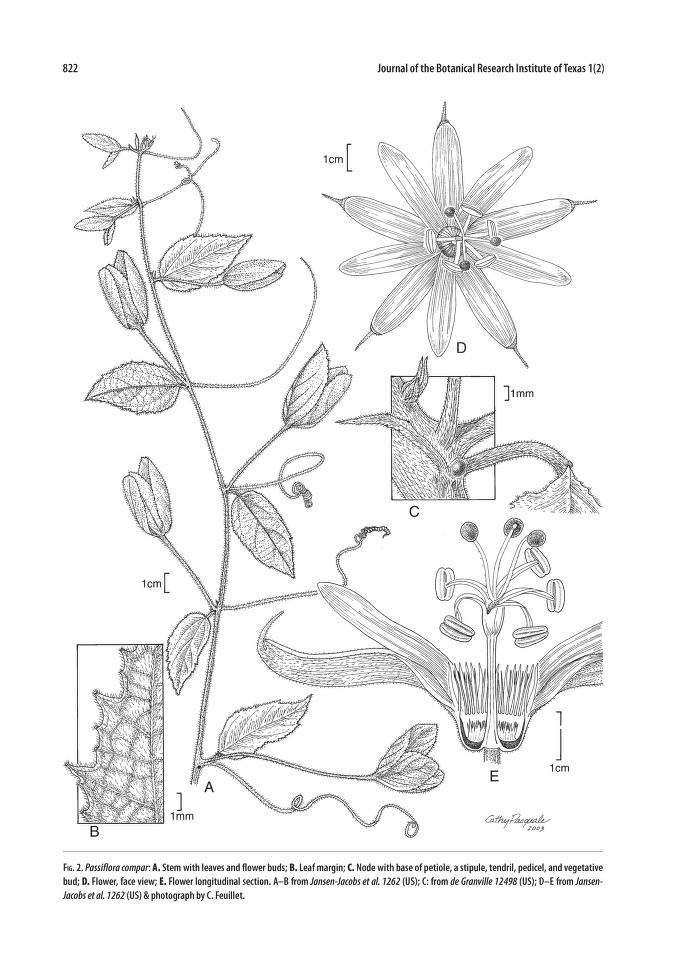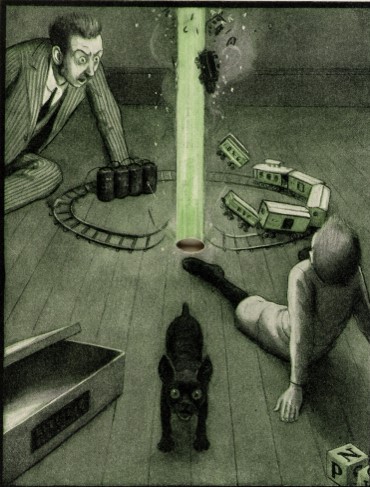The flora sylvatica for southern India: containing quarto plates of all the principal timber trees in southern India and Ceylon V2 * Beddome, Richard Henry; Bentham, George * sample image * 1869
Specimens of the plants and fruits of the island of Cuba V1 * Wollstonecraft, Anne Kingsbury * sample image * 1826
Specimens of the plants and fruits of the island of Cuba V2 * Wollstonecraft, Anne Kingsbury * sample image * 1826
Specimens of the plants and fruits of the island of Cuba V3 * Wollstonecraft, Anne Kingsbury * sample image * 1826
Icones florae Germanicae et Helveticae V 17 * Reichenbach, H.G. Ludwig * sample image * 1855
English Botany or Coloured figures of British plants V1 * Syme, John T. Boswell (editor); Lankester, Phebe; Sowerby, James de Carle and Salter, John Willam and Sowerby, John Edward (illustrators) * sample image * 1863
English Botany or Coloured figures of British plants V2 * Syme, John T. Boswell (editor); Lankester, Phebe; Sowerby, James de Carle and Salter, John Willam and Sowerby, John Edward (illustrators) * sample image * 1864
English Botany or Coloured figures of British plants V3 * Syme, John T. Boswell (editor); Lankester, Phebe; Sowerby, James de Carle and Salter, John Willam and Sowerby, John Edward (illustrators) * sample image * 1864
English Botany or Coloured figures of British plants V4 * Syme, John T. Boswell (editor); Lankester, Phebe; Sowerby, James de Carle and Salter, John Willam and Sowerby, John Edward (illustrators) * sample image * 1865
English Botany or Coloured figures of British plants V5 * Syme, John T. Boswell (editor); Lankester, Phebe; Sowerby, James de Carle and Salter, John Willam and Sowerby, John Edward (illustrators) * sample image * 1866
English Botany or Coloured figures of British plants V6 * Syme, John T. Boswell (editor); Lankester, Phebe; Sowerby, James de Carle and Salter, John Willam and Sowerby, John Edward (illustrators) * sample image * 1866
English Botany or Coloured figures of British plants V7 * Syme, John T. Boswell (editor); Lankester, Phebe; Sowerby, James de Carle and Salter, John Willam and Sowerby, John Edward (illustrators) * sample image * 1867
English Botany or Coloured figures of British plants V8 * Syme, John T. Boswell (editor); Lankester, Phebe; Sowerby, James de Carle and Salter, John Willam and Sowerby, John Edward (illustrators) * sample image * 1868
English Botany or Coloured figures of British plants V9 * Syme, John T. Boswell (editor); Lankester, Phebe; Sowerby, James de Carle and Salter, John Willam and Sowerby, John Edward (illustrators) * sample image * 1869
English Botany or Coloured figures of British plants V10 * Syme, John T. Boswell (editor); Lankester, Phebe; Sowerby, James de Carle and Salter, John Willam and Sowerby, John Edward (illustrators) * sample image * 1873
English Botany or Coloured figures of British plants V11 * Syme, John T. Boswell (editor); Lankester, Phebe; Sowerby, James de Carle and Salter, John Willam and Sowerby, John Edward (illustrators) * sample image * 1872
English Botany or Coloured figures of British plants V12 * Syme, John T. Boswell (editor); Lankester, Phebe; Sowerby, James de Carle and Salter, John Willam and Sowerby, John Edward (illustrators) * sample image * 1886
Orchidophile V1-2 * Gedefroy-Lebeuf, A. * sample image * 1882
Orchidophile V3 * Gedefroy-Lebeuf, A. * sample image * 1883
Orchidophile V4 * Gedefroy-Lebeuf, A. * sample image * 1884
Orchidophile V5 * Gedefroy-Lebeuf, A. * sample image * 1884
Lindenia - iconography of orchids vol 1 * Linden, Jean Jules * sample image * 1885
Lindenia - iconography of orchids vol 17 * Linden, Jean Jules; Linden, Lucien * sample image * 1901
The genera of the Eupatorieae (Asteraceae) * King, Merril; Robinson, Harold * sample image * 1987
Journal of the Botanical Research Institute of Texas V1 no 2 2007 * Botanical Research Insitute of Texas * sample image * 2007
Journal of the Botanical Research Institute of Texas V2 no 1 2008 * Botanical Research Insitute of Texas * sample image * 2008
Journal of the Botanical Research Institute of Texas V1 no 1 2007 * Botanical Research Insitute of Texas * sample image * 2007


